For almost eighty years, the Kinsey Institute at Indiana University has served as the trusted home for research and historical preservation on human sexuality, relationships, and wellbeing for scholars and experts from all over the world.
Learn our history
For more in-depth history of the Kinsey Institute and sex research at Indiana University, see our 75th Anniversary Historical Review.
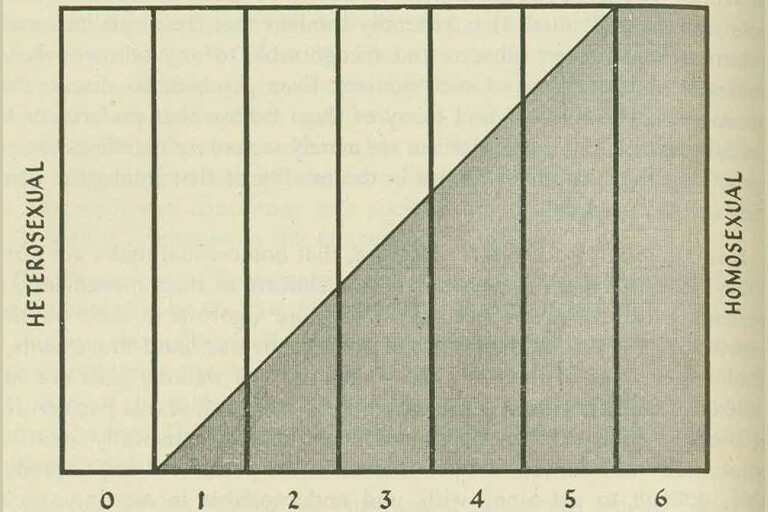
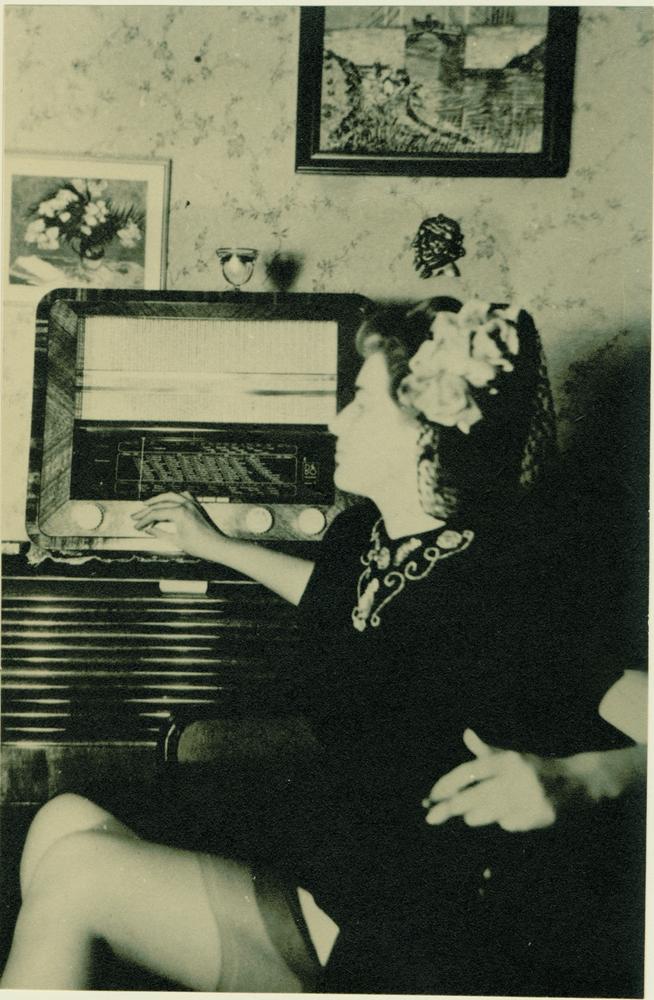
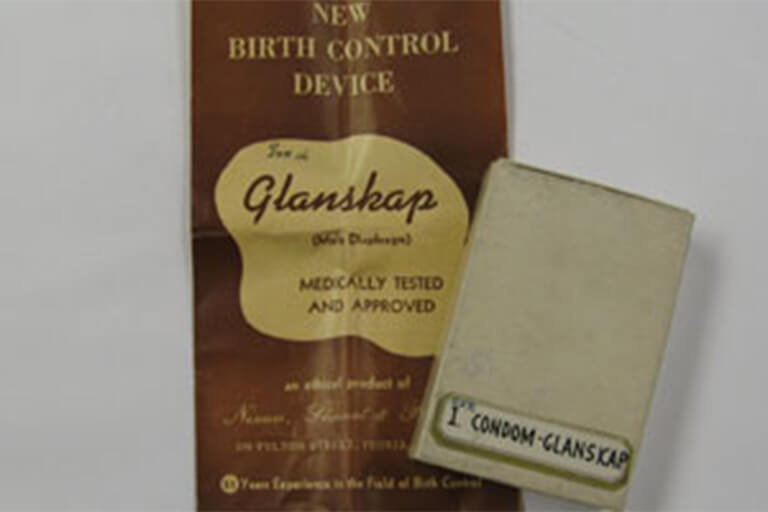
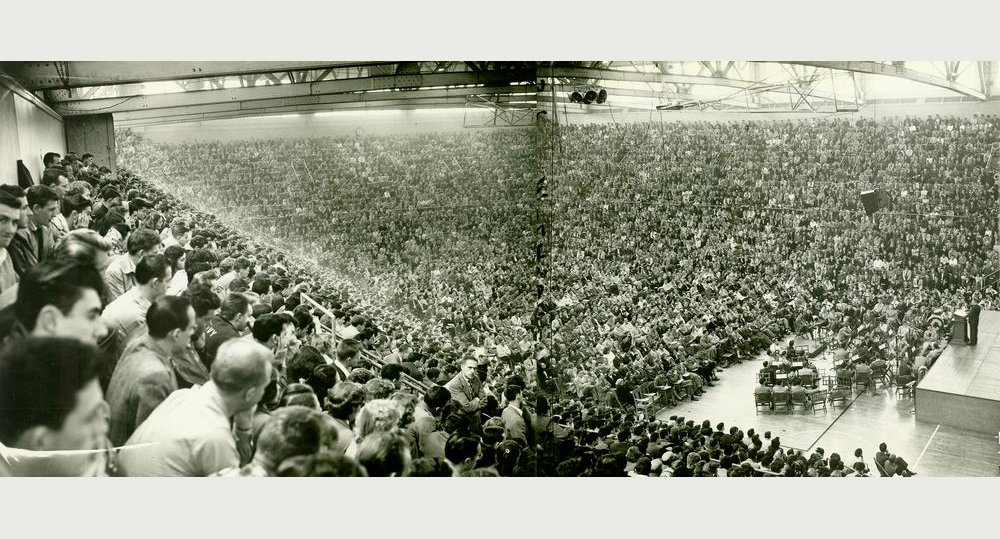
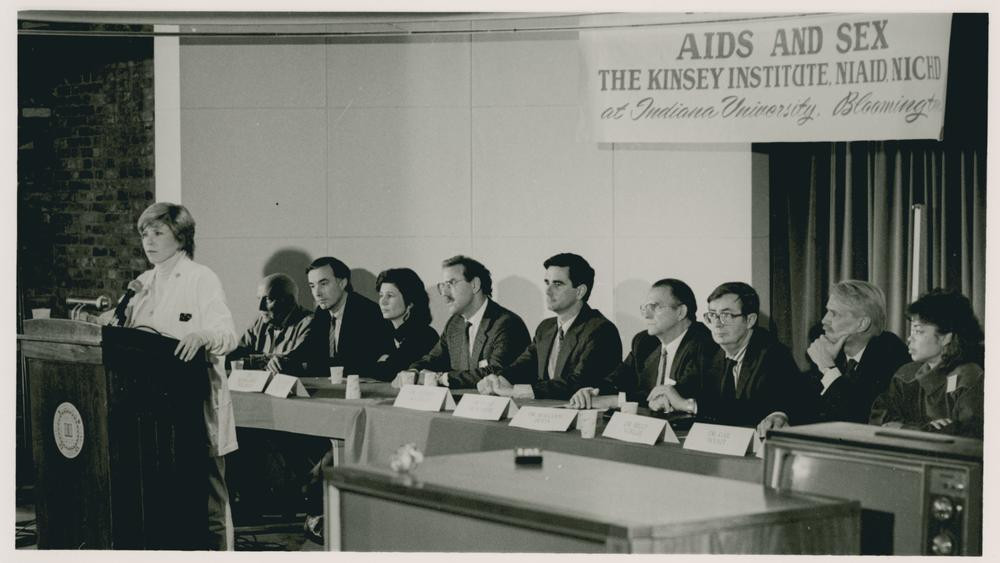
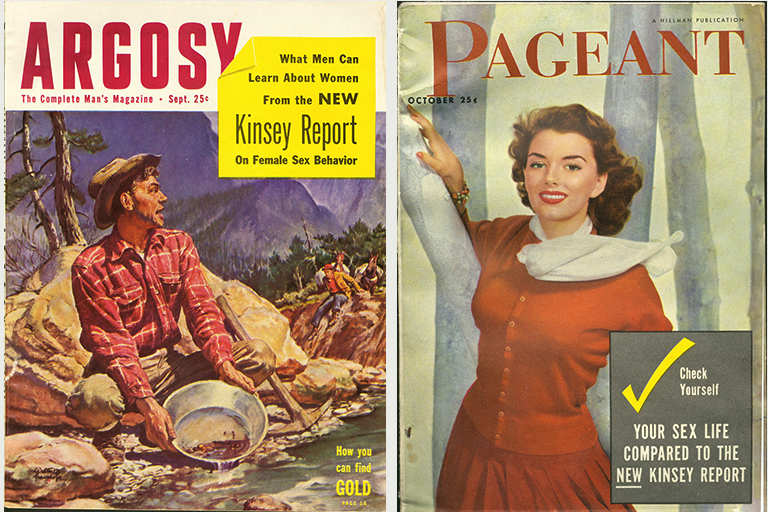
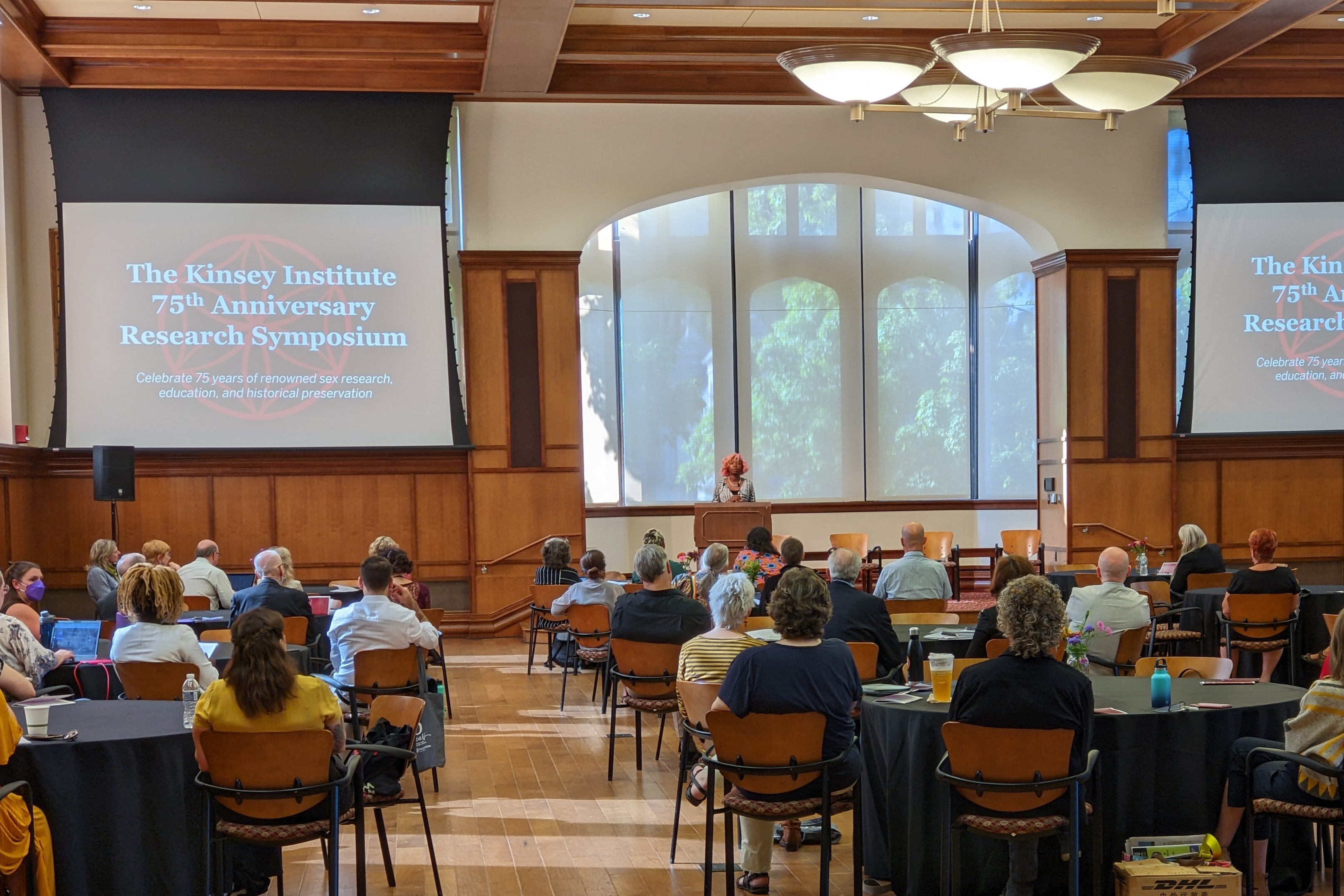
The Kinsey Institute traces its origins to 1938, when Indiana University responded to a petition from the Association of Women Students for a marriage course at a time when approximately 250 U.S. colleges and universities were already hosting such courses. Dr. Alfred C. Kinsey, a Harvard-trained biologist and Indiana University professor, was asked to develop the course, Marriage and Family, in collaboration with other Indiana University professors specializing in the legal, sociological, economic, psychological, and religious perspectives of marriage.
At the time, the cultural climate in the United States was marked by restrictive legal and social norms around relationships and sexuality. Interracial marriage, adultery, same-sex relationships, oral sex, sex outside of marriage, and the use of contraceptives were all criminalized in many states and punishable with fines, forced psychiatric treatment, or prison time.
As a result, reliable scientific data on human sexual behavior was extremely scarce in the 1930s. Recognizing the need for more-reliable information, Dr. Kinsey began collecting wide-ranging materials reflecting both historical and contemporary views of sexuality and brought together a multidisciplinary research team who would eventually conduct 18,000 survey-based interviews on human sexuality.
As this research effort grew, the nonprofit Institute for Sex Research was established as a separate corporation affiliated with Indiana University on April 8, 1947.
Shortly after the institute was established, it published findings from thousands of survey-based interviews in two volumes commonly known as the Kinsey Reports: Sexual Behavior in the Human Male (which included the Kinsey Scale) in 1948 and Sexual Behavior in the Human Female in 1953. In a culture with little discussion of female sexuality, the Female volume provoked more-extensive public scrutiny, ultimately prompting political interference and funding cuts for the institute.
When Dr. Kinsey passed away in 1956, Dr. Paul Gebhard took over as director for the institute, opening its doors to scholars around the world as a leading resource center for all aspects of human sexuality and renaming the organization as the Kinsey Institute for Sex Research in 1981. The institute was formally incorporated into the university in 2016 as the Kinsey Institute at Indiana University.
Since its inception, the Kinsey Institute has had eight directors — each bringing new focus and vision to the study of sexuality, relationships, gender, and wellbeing.
The Kinsey Institute's Library & Special Collections were established in 1947. These collections have grown into the world’s most expansive and historically significant research collection of materials related to the science, history, and culture of sexuality.
To learn more about our collections or to arrange a visit to use our materials, please see our Library & Special Collections page here
"There would be no Kinsey Institute without Herman B Wells," according to former Kinsey Institute Director June Reinisch. During his tenure as President of Indiana University, Wells doggedly took on Kinsey's detractors in one of the most heralded instances of the protection of academic freedom in the mid-20th century.
"The University believes that the human race has been able to make progress because individuals have been free to investigate all aspects of life. It further believes that only through scientific knowledge so gained can we find the cures for the emotional and social maladies in our society… I agree in saying that we have large faith in the values of knowledge, little faith in ignorance." - Herman B Wells, Indiana University President, 19 August 1953
Wells expanded on this commitment to academic freedom in his 1980 autobiography, Being Lucky:
"A university that bows to the wishes of a person, group, or segment of society is not free and that a state university in particular cannot expect to command the support of the public if it is the captive of any group."
For more info on Herman B Wells' role as a protector of intellectual freedom at Indiana University, see Alma Pater: Herman B Wells and the Rise of Indiana University.
In January of 1948, W. B. Saunders and Company published Sexual Behavior in the Human Male. Sexual Behavior in the Human Female followed in 1953. The books became known in the media and popular culture as the "Kinsey Reports."
Although it was a complicated and difficult-to-understand scientific text, Sexual Behavior in the Human Male jumped to #2 on the New York Times bestseller list. Within two months, it sold more than 200,000 copies and was widely reviewed in newspapers and popular magazines as well as in clinical and scientific publications. As the primary author, Dr. Kinsey became a celebrity and household name. He was a much‑sought‑after speaker across the U.S. and was asked by scientific colleagues and government officials to comment on proposed or current legislation related to sexual behavior in America and abroad. Thousands of people wrote letters, often seeking advice or expressing opinions on his work, and these valuable insights from the public into everyday experiences influenced his research.
Publication of Sexual Behavior in the Human Female in 1953 prompted more news coverage. TIME magazine featured Dr. Kinsey on its August 24, 1953 cover, one measure of the book’s national impact. Both Dr. Kinsey and the Kinsey Reports became the topics of cartoons, stage productions, and popular songs.
With over 18,000 contributed sexual histories, the Institute for Sex Research project remains one of the largest sex research projects ever undertaken.
For more information about the Kinsey Reports, see our 75th Anniversary Historical Review pgs 11-17.
Developed in the 1940s, the Kinsey Scale was one of the first research tools to introduce and attempt to quantify the phenomenon of human sexual variation and recognize that sexual behavior, thoughts, and feelings towards the same or opposite sex were not always consistent across time and did not always fit into exclusive heterosexual or homosexual categories.
In 1950, U.S. Customs impounded a shipment of research materials, including 31 photographs being shipped to the Institute for Sex Research for historical preservation.
First Amendment attorney Harriet Fleischel Pilpel represented the institute in the federal court case that ruled in the institute’s favor in 1957, helping establish the legal support for academic and intellectual freedom.
Additional resources
- Learn more about our research
- Learn more about our collections
Make an impact
Would you like to contribute to the world's understanding of sex and relationships? Help advance research and support preservation at the Kinsey Institute with a gift today.

